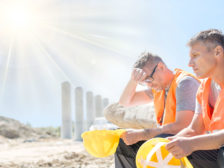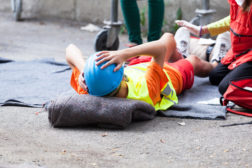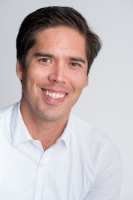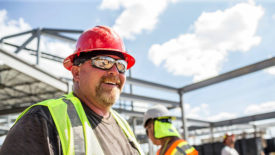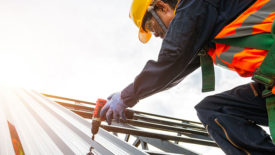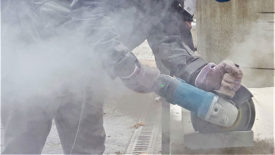Construction Industry Safety and Health
Experts lead “Heat Stress on the Hill” event in support of the Asunción Valdivia Heat Illness and Fatality Prevention Act
Read More
The Z459.1 Rope Access Standard explained
Subcommittee chairperson discusses what it is and why it’s important
July 13, 2022
Never miss the latest news and trends driving the safety industry
eNewsletter | Website | eMagazine
JOIN TODAYCopyright ©2024. All Rights Reserved BNP Media.
Design, CMS, Hosting & Web Development :: ePublishing



